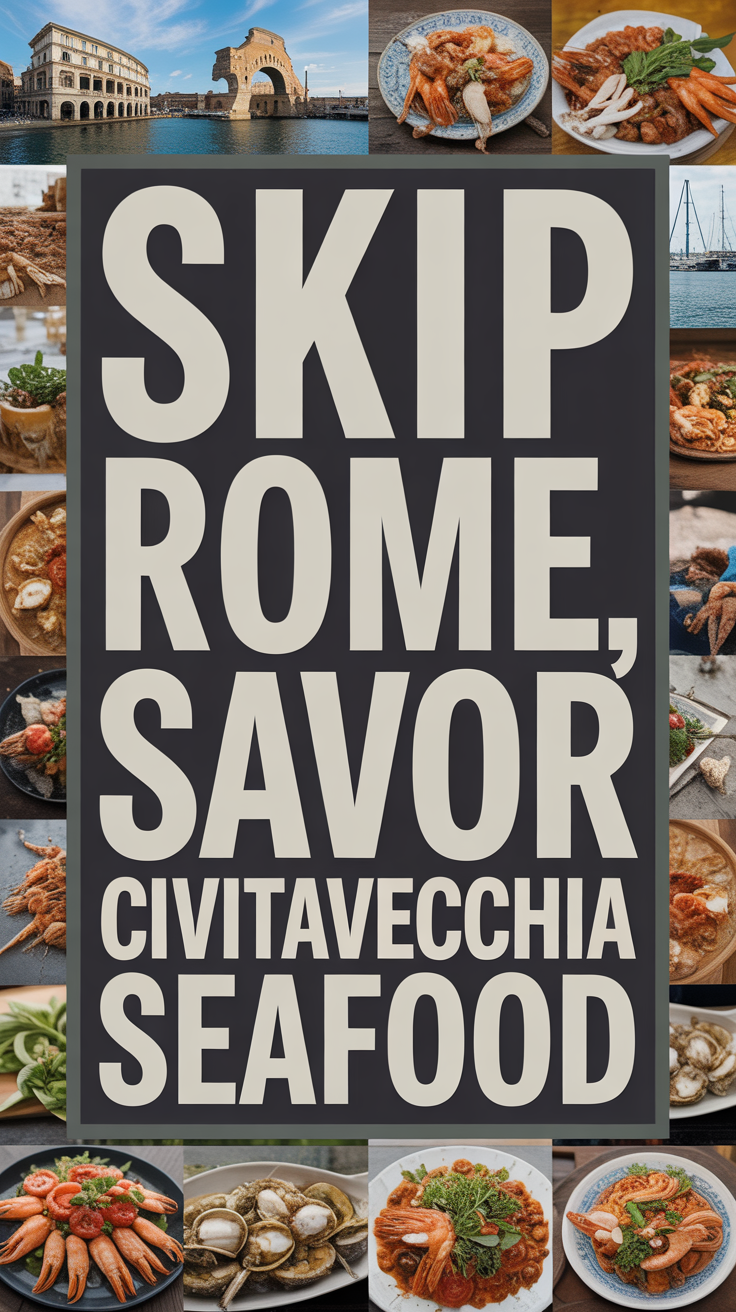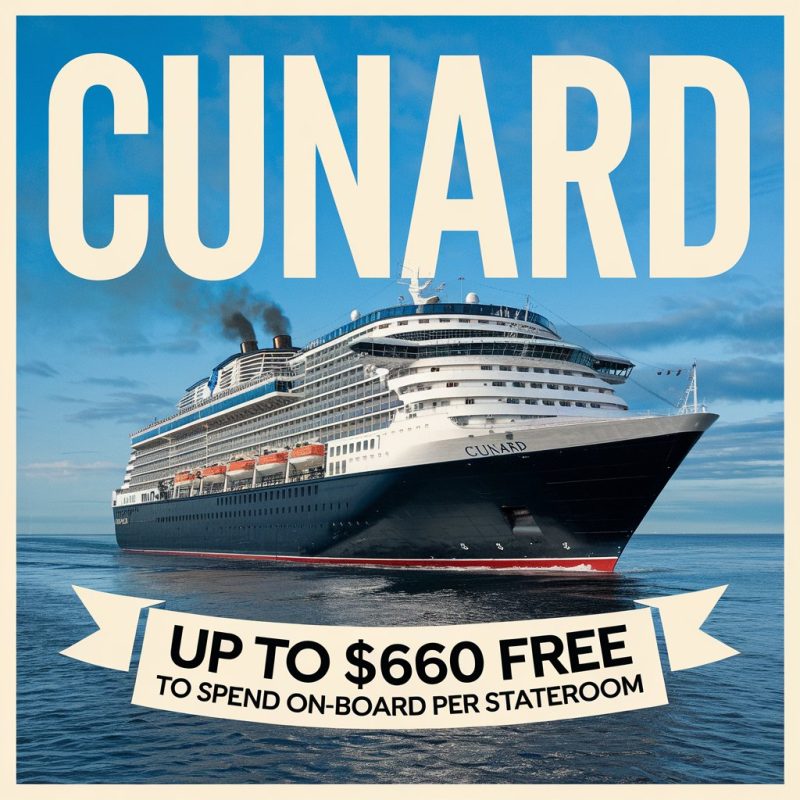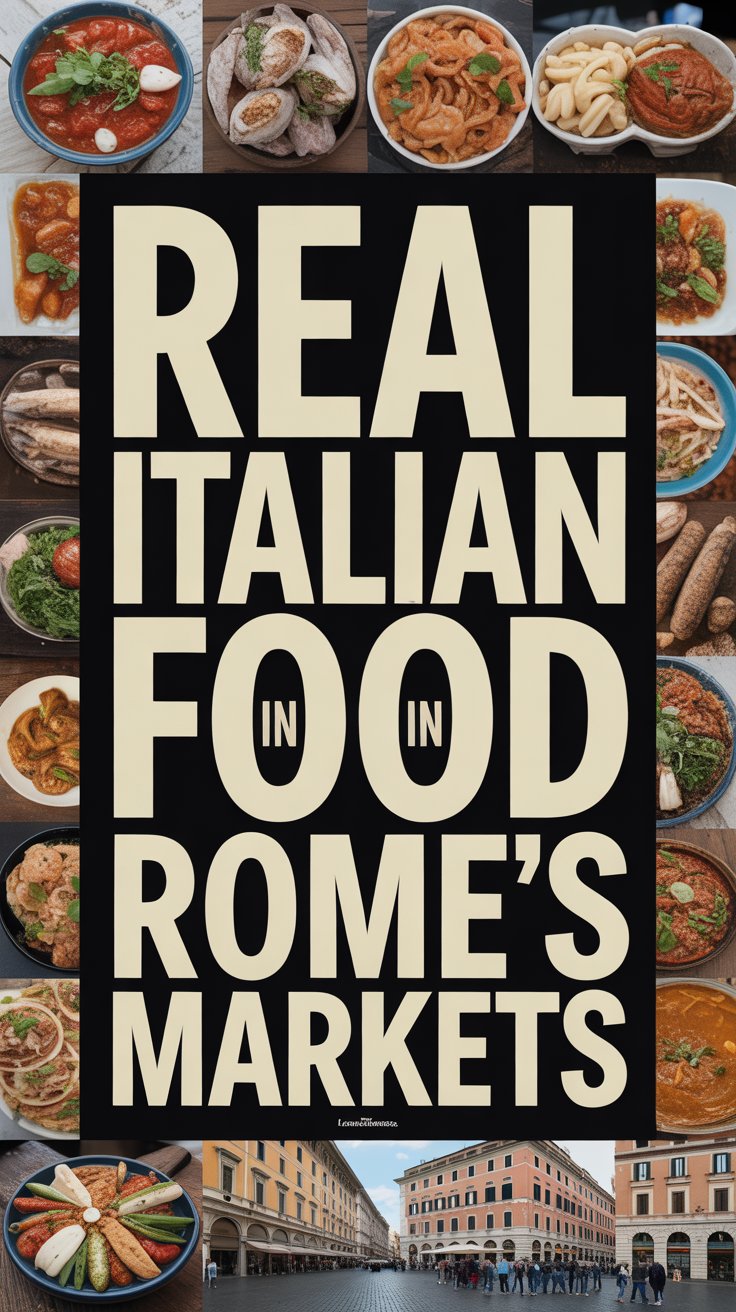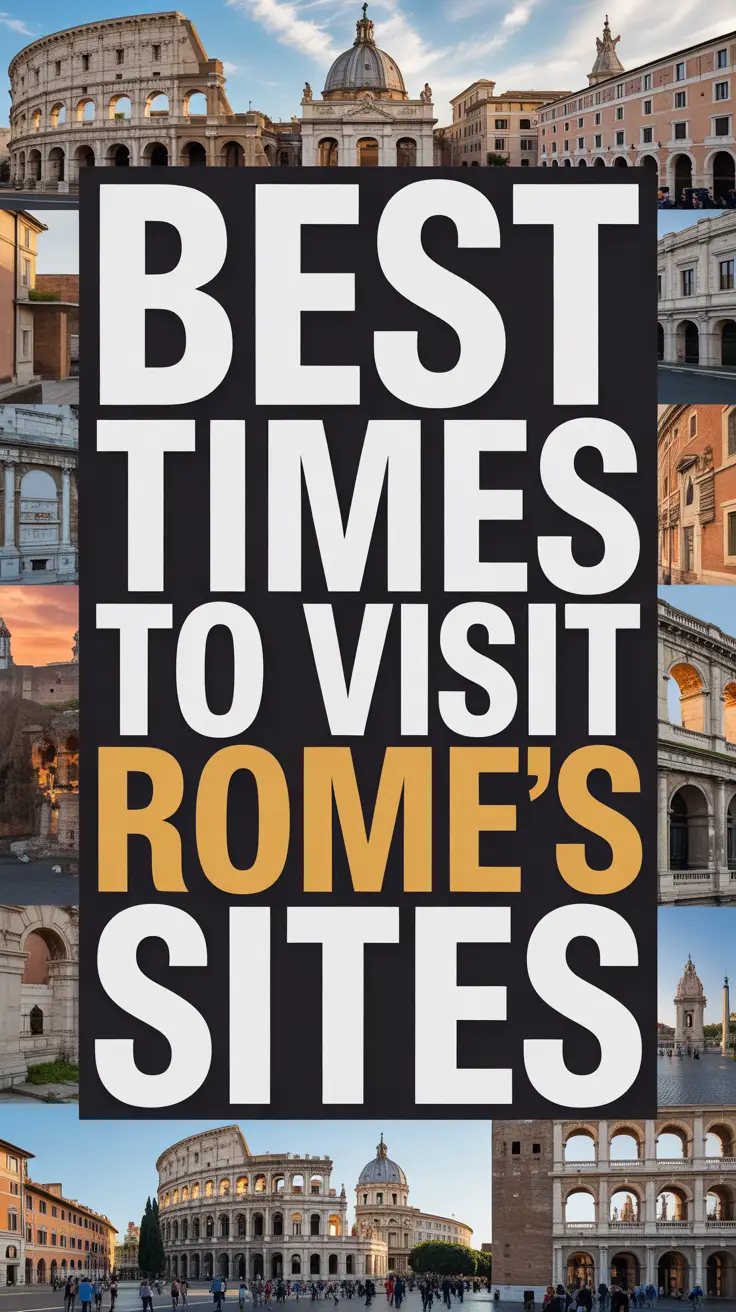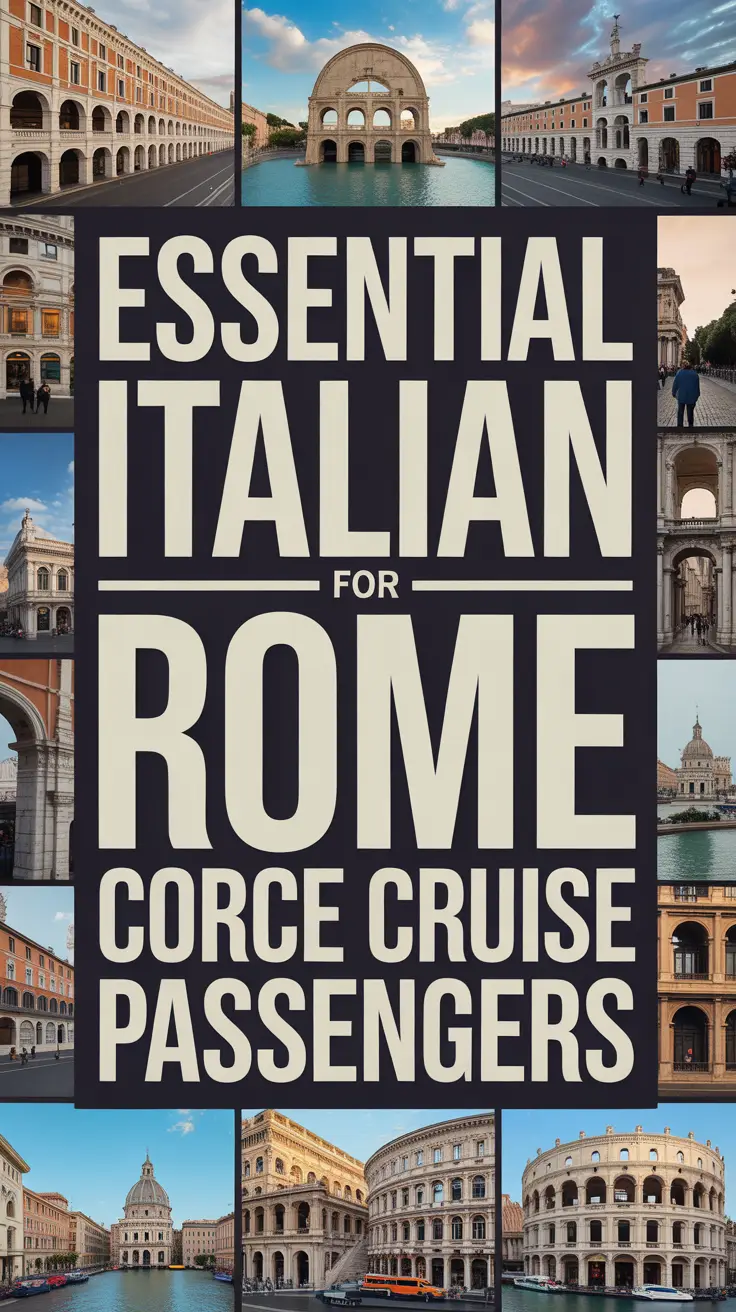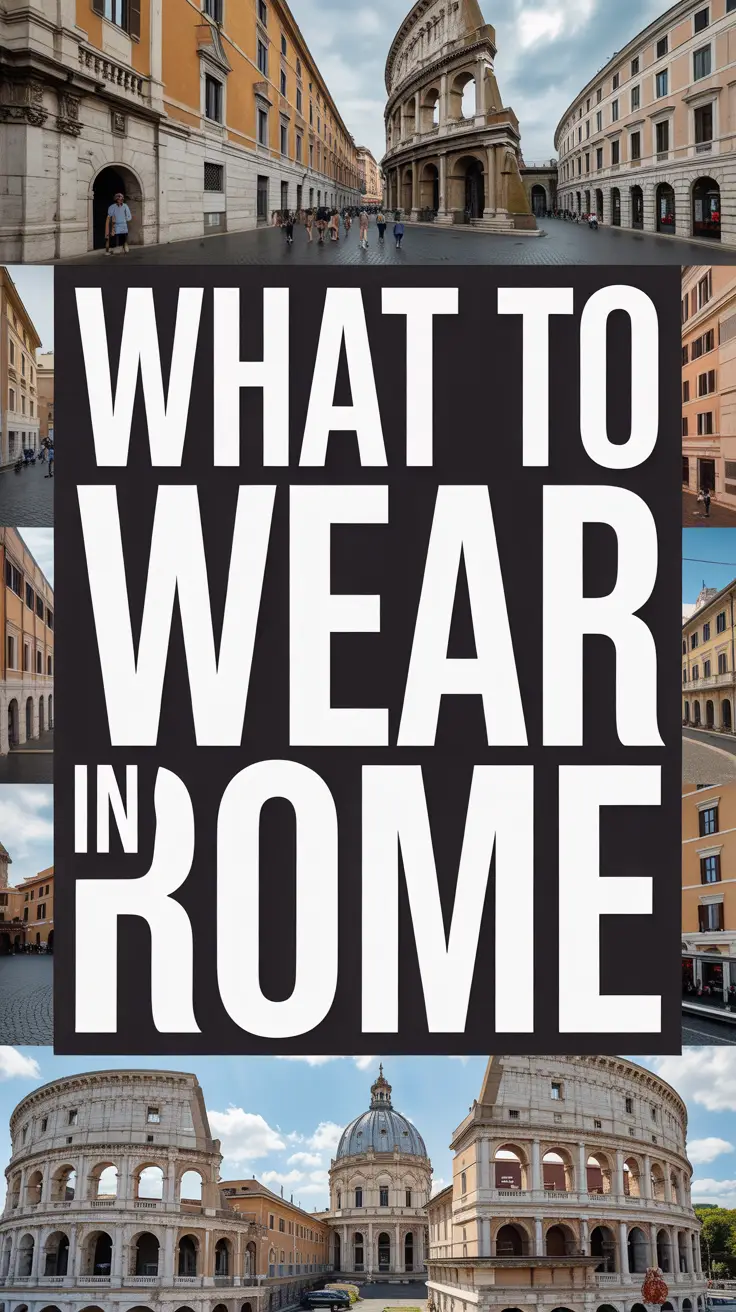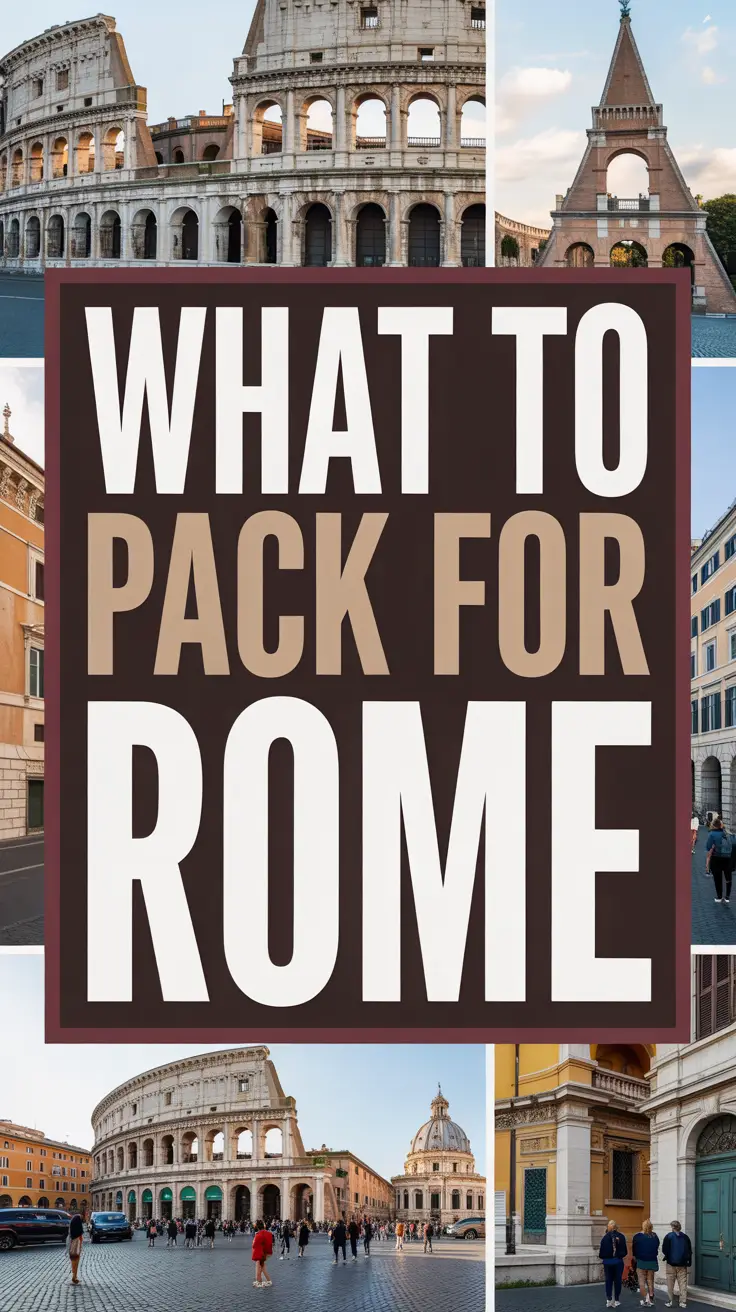Why You Should Skip Rome and Eat in Civitavecchia Instead
Here’s a secret that’ll make your fellow cruisers jealous: while they’re fighting crowds at the Colosseum and paying tourist prices for mediocre carbonara, you could be savoring the best seafood of your life in Civitavecchia. This unassuming port town, just 80 kilometers northwest of Rome, offers something the Eternal City simply can’t match – authentic Italian coastal cuisine without the circus.
The Port Town Food Revolution
Civitavecchia isn’t just where your cruise ship docks; it’s a culinary goldmine hiding in plain sight. Most passengers bolt straight for Rome, leaving behind a treasure trove of family-run trattorias, bustling fish markets, and restaurants where locals actually eat. The irony? You’ll find more authentic Italian flavors in this working port than in Rome’s tourist-packed centro storico.
According to Port of Civitavecchia Authority, over 2.5 million cruise passengers pass through annually, yet fewer than 5% venture beyond the immediate port area for dining. This makes Civitavecchia one of the most overlooked Mediterranean cruise ports in Italy for authentic culinary experiences.
“Most cruise passengers see Civitavecchia as just a gateway to Rome, but they’re missing out on some of the finest seafood cuisine in central Italy,” explains Marco Benedetti, Deputy Harbor Master at Civitavecchia Port Authority. “Our local restaurants have been perfecting their recipes for generations, using the freshest catch from our waters.”
What Makes Civitavecchia’s Food Scene Special
The magic lies in location and authenticity. Civitavecchia sits on the Tyrrhenian Sea, meaning the seafood you’re eating was likely swimming that morning. Here’s what sets it apart:
- Fresh daily catch: Local fishermen supply restaurants directly
- No tourist markup: Prices reflect local economy, not visitor expectations
- Traditional recipes: Family establishments passed down through generations
- Relaxed atmosphere: No rushing to accommodate tour bus schedules
- Authentic interaction: Engage with locals who aren’t jaded by mass tourism
Must-Try Dishes You Won’t Find in Rome
Civitavecchia’s coastal location creates a unique culinary identity distinct from Rome’s inland traditions:
| Dish | Description | Why It’s Special |
|---|---|---|
| Spaghetti alle Vongole Veraci | Fresh clams with pasta | Clams harvested from local waters that morning |
| Frittura di Paranza | Mixed fried small fish | Traditional fisherman’s preparation using daily catch |
| Branzino in Crosta di Sale | Sea bass baked in salt crust | Ancient preservation technique still used by locals |
| Zuppa di Pesce | Traditional fish soup | Recipe varies by catch, never the same twice |
Top Restaurant Recommendations
Skip the guidebooks – these are the places where port workers and locals actually eat. For more detailed recommendations, check out our guide to the best local food you’ll actually find in Civitavecchia:
- Trattoria del Pesce Fresco: Hidden gem near the old harbor, cash only
- Da Gino al Porto: Family-run for three generations, ask for the catch of the day
- Osteria del Mare: Tiny place with no menu – they tell you what’s fresh
- Il Pescatore: Best frittura di paranza, always packed with locals
The Time Factor Challenge
Let’s address the elephant in the room – time constraints. Most shore excursions to Rome eat up your entire port day, leaving little time for leisurely dining. If you’re torn between the two options, our guide on whether to book a shore excursion or go to Rome on your own can help you decide. Here’s the reality check:
Rome Day Trip Timeline:
- Travel time: 3-4 hours round trip
- Sightseeing: 4-5 hours
- Dining: Rushed tourist restaurants near attractions
- Stress level: High (watching the clock constantly)
Civitavecchia Dining Timeline:
- Travel time: 10-15 minutes from port
- Relaxed meal: 2-3 hours
- Additional exploration: Markets, shops, waterfront
- Stress level: Minimal
Bonus Tips from a Cruise Veteran
After three decades of cruise dining experiences, here are the insider secrets. Don’t forget to pack comfortable premium walking shoes for exploring the cobblestone streets around the port:
- Morning market magic: Visit the fish market at 7 AM to see the day’s catch and get restaurant recommendations from vendors
- Language barrier solution: Download Google Translate with camera function – point at menus for instant translation
- Cash is king: Many authentic places don’t accept cards; hit the ATM first
- Siesta timing: Restaurants close 3-7 PM; plan accordingly
- Port proximity: Stay within 20 minutes walking distance of your ship
- Local intel: Ask your taxi driver for recommendations – they know the real gems
Making the Most of Limited Time
If you absolutely must see Rome but want to experience Civitavecchia’s cuisine, consider this hybrid approach. For more guidance on navigating Rome efficiently, check out how to actually use Rome’s trains and buses without getting lost:
- Early Rome departure (7 AM)
- Quick highlights tour (Colosseum, Vatican)
- Return by 3 PM
- Late lunch/early dinner in Civitavecchia
- Waterfront stroll before sailing
The Shopping and Market Experience
Beyond restaurants, Civitavecchia’s food markets offer incredible experiences. The morning fish market is a sensory adventure where you can buy fresh seafood, local cheeses, and traditional products at fraction of Rome’s prices. Many vendors speak basic English and love sharing stories about their catches. Consider bringing a quality day backpack to carry your market finds and camera gear for capturing these authentic moments.
Exploring Beyond the Port
If you have extra time and want to venture further, consider exploring some of the beautiful Italian coastal towns near Civitavecchia that cruise ships skip. These hidden gems offer even more authentic experiences away from the typical tourist routes.
Common Questions
Is it safe to eat seafood in a port town?
Absolutely, especially in Civitavecchia. The high turnover ensures freshness, and Italian health standards are stringent. Local restaurants stake their reputation on quality – they can’t afford to make locals sick.
What if I don’t speak Italian?
Port towns are accustomed to international visitors. Most restaurant owners speak basic English, and pointing at dishes works universally. Italians appreciate any attempt to communicate and are generally very patient. For helpful phrases, check out our guide to essential Italian words that will actually help you in Rome.
Are reservations necessary?
For smaller, authentic places, it’s wise to call ahead or ask your hotel/ship’s concierge to make reservations. Many places don’t take reservations but operate on first-come, first-served basis.
How much should I budget for a meal?
Expect to pay 25-40 euros per person for a excellent seafood meal with wine – roughly half what you’d pay for comparable quality in Rome’s tourist areas.
What about dietary restrictions?
Italian cuisine naturally accommodates many dietary needs. Seafood restaurants typically offer vegetarian pasta options, and many dishes are naturally gluten-free. Always communicate restrictions clearly.
Sometimes the best travel experiences happen when you resist the obvious choice. While Rome will always be there with its ancient wonders and tourist crowds, Civitavecchia offers something increasingly rare – authentic local culture you can taste, smell, and savor without fighting for space. Your Instagram might have fewer iconic landmarks, but your palate will thank you for choosing substance over spectacle. For more information about your cruise departure point, visit our comprehensive guide to Rome port. After all, isn’t discovering hidden gems what travel is really about?

